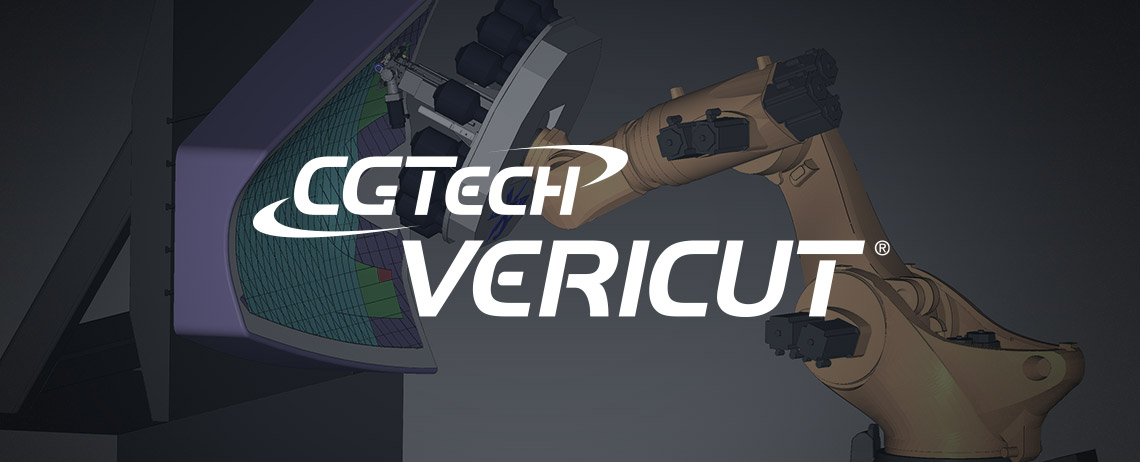A partnership of Boeing employees and hundreds of suppliers from the Pacific Northwest and across the country build the KC-46A Pegasus to be the world’s most advanced multi-mission aerial refueler for the U.S. Air Force and allies.
The KC-46A Pegasus has charged full steam ahead since being cleared for global deployment by the U.S. Air Force Air Mobility Command in September 2022. From a 36-hour endurance flight by the 157th Air Refueling Wing at Pease Air National Guard Base to participating in Juniper Oak — the “largest and most significant” joint military exercise between United States and Israeli forces, according to the Pentagon — the Pegasus continues to demonstrate the versatile advanced capabilities it brings to the force.
American made
More than 37,000 workers in communities across the United States have played a role in the tanker’s path to combat-proven deployment, and those same Americans — working for Boeing and more than 650 suppliers in 43 states — continue to outfit the Pegasus with next-generation capabilities to deliver fuel, cargo and passengers, aeromedical evacuation support and data connectivity to the battlespace.
From St. Petersburg, Florida to Huntington Beach, California, hundreds of small businesses supply the thousands of components needed to build the KC-46A — many of them located in the Northwest — and they take great pride in fueling the global mission for the service members who depend on them.
One such small business in western Washington, PSI Solutions, Inc., was founded in a garage in Federal Way in 1995 to serve the test instrumentation, embedded systems and imaging system needs of Pacific Northwest aerospace manufacturers. Like Boeing itself, PSI Solutions is an industrial nexus for numerous businesses and the people they employ.
Twenty-seven years on, president Tad Papineau and his team of more than 10 employees are proud to be a key supplier for Boeing’s KC-46 program and play a crucial role in supporting the nation’s armed services.
“To know that we had a little piece in helping the warfighter go out and complete their mission and most importantly, return home safely at the end of the day to their family and their teams, really puts a smile on our face and helps us feel good about things,” said Papineau, who also runs a second office in Portland, Oregon.
Cousin connection
In Everett, Washington, where each tanker is built on Boeing’s 767 production line, brothers Chad (KC-46 manufacturing manager) and Wade Holliston (heavy structures technician) share an even closer relationship to the Air Force mission.
“It’s a pretty cool connection that my brother and I work here together,” Chad said. “And then we’ve got our cousin who is anywhere in the world flying the tankers that we’re building.”
Their cousin, U.S. Air Force Captain Michelle McMillen, has been a tanker pilot for more than three years.
“(The KC-46A) is better than any platform I’ve ever been on,” McMillen said. “Being a tanker pilot is so cool! Bringing the fuel to the fight and supporting those on the ground has just been phenomenal.”
“It gives me a sense of family pride,” said Chad, who recalled the cousins gathering as kids at their grandfather’s cabin near Trout Lake, Washington.
“She’s a pilot for the Air Force. She’s flying our tanker. I think it’s very awesome.”
Combat ready — today and tomorrow
The unmatched capabilities of the KC-46A have been on full display as the Pegasus has played an increasingly crucial role in the Air Force mobility fleet.
During a visit to Boeing’s Everett Modification Center, Lieutenant Colonel Joshua Renfro, Air Mobility Command’s KC-46A cross-functional team lead at the time, described how the Air Force has demonstrated the capabilities of the KC-46A — and where it’s headed in the future.
“The KC-46 brings a lot of capabilities that were not traditionally baked into the legacy aircraft; notably defensive systems — the ability to detect and avoid threats using either on-board measures or tactical data link options that are passed to us via other receivers and other platforms out in the field,” Renfro said.
He provided a specific example from an exercise in 2022, as the Air Force was proving out the KC-46A on its path to global deployment.
“A tanker saw a pop-up threat that the fighter didn’t see right away,” Renfro explained. “Our tanker crew was able to call out, ‘Hey, there is a threat over this quadrant. Vector over and engage.’ The fighter conducted the kill based on that pop-up notification.
“So we actually had the tanker participating in the kill chain specifically because of that connectivity it brings to the fight,” Renfro said.
The Air Force and Boeing continue to evolve the KC-46A to meet the mission needs of the future, including an advanced communications suite upgrade that was announced in April 2023. The Block 1 contract will further enhance the aircraft’s data connectivity and situational awareness with line-of-sight and beyond-line-of-sight communications technologies including anti-jamming and encryption features. The Pegasus will continue to expand its battlespace network capabilities, including Advanced Battle Management System integration.
The Air Force and Boeing are also partnering to upgrade the aircraft’s Remote Vision System that aerial refueling operators use to see receiver aircraft and manage refueling operations. Renfro stressed that these improvements have been made as part of a collaborative partnership between the U.S. Air Force and Boeing on the RVS 2.0 upgrade. “We have boom operators at the wings and the program office, working directly with the Boeing engineers and the Boeing boom operaters to figure out what is the best solution in order to develop this combat capability and get it to the warfighter for the long-term vision of the program,” Renfro said. “RVS 2.0 represents the culmination of that partnership and we are very happy with the result.”
Continuing to grow the global fleet
Photos
KC-46A refueling P-8A [File name: 200207-F-JG201-1249.JPG]
Caption:
The KC-46A Pegasus and the P-8A Poseidon are both built by Boeing in the Puget Sound region of Washington State, with support from suppliers throughout the Northwest and across the country. (Photo: Boeing)
KC-46A & Mt. Rainier [File name: 16BFT000104_003_Photo_by_Paul_Weatherman_sm.tif]
The KC-46A — shown here in flight near Mount Rainier — operates globally for the U.S. Air Force and allies, delivering fuel, data and combat-ready multi-mission capability. (Photo: Paul Weatherman, Boeing)




